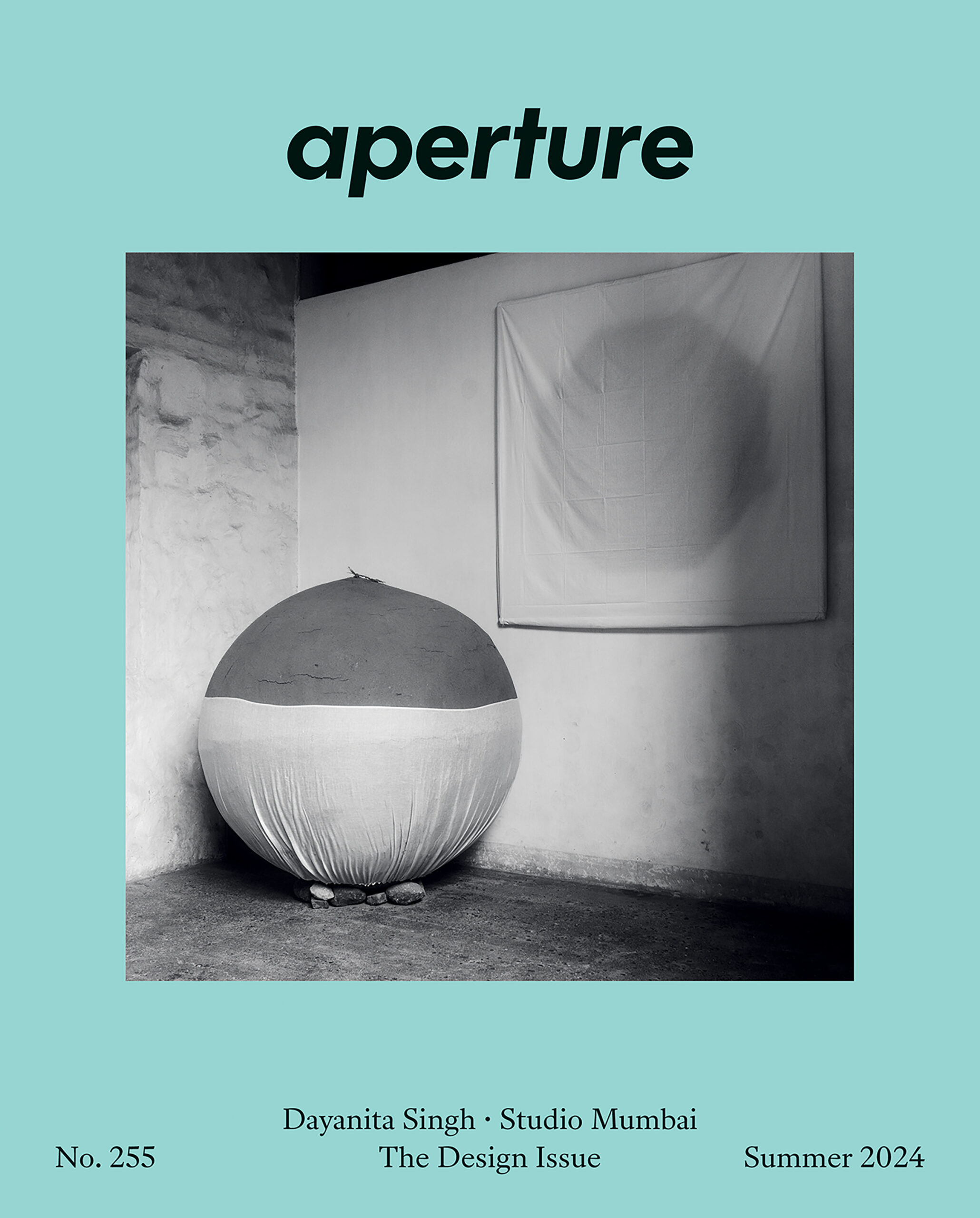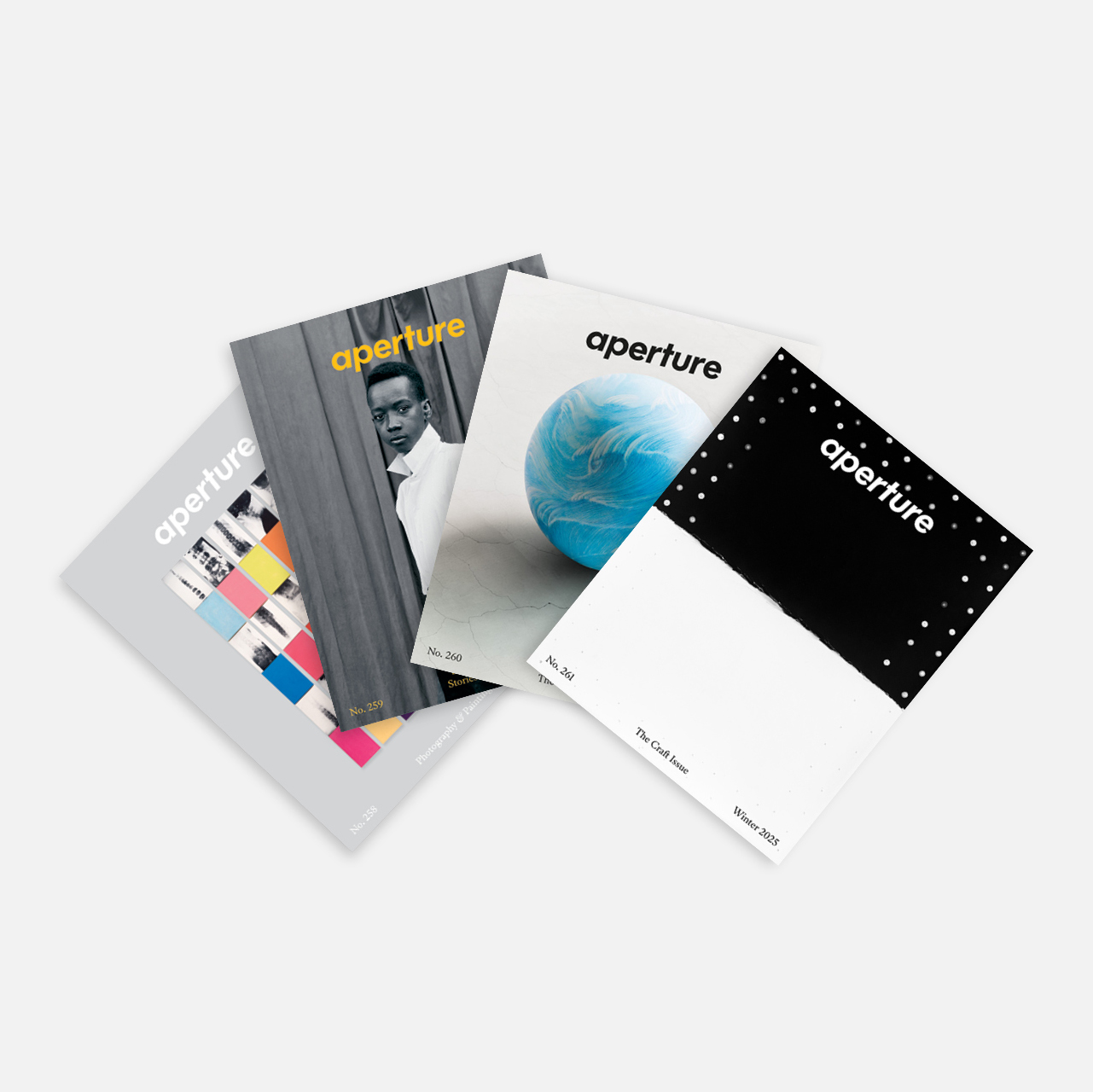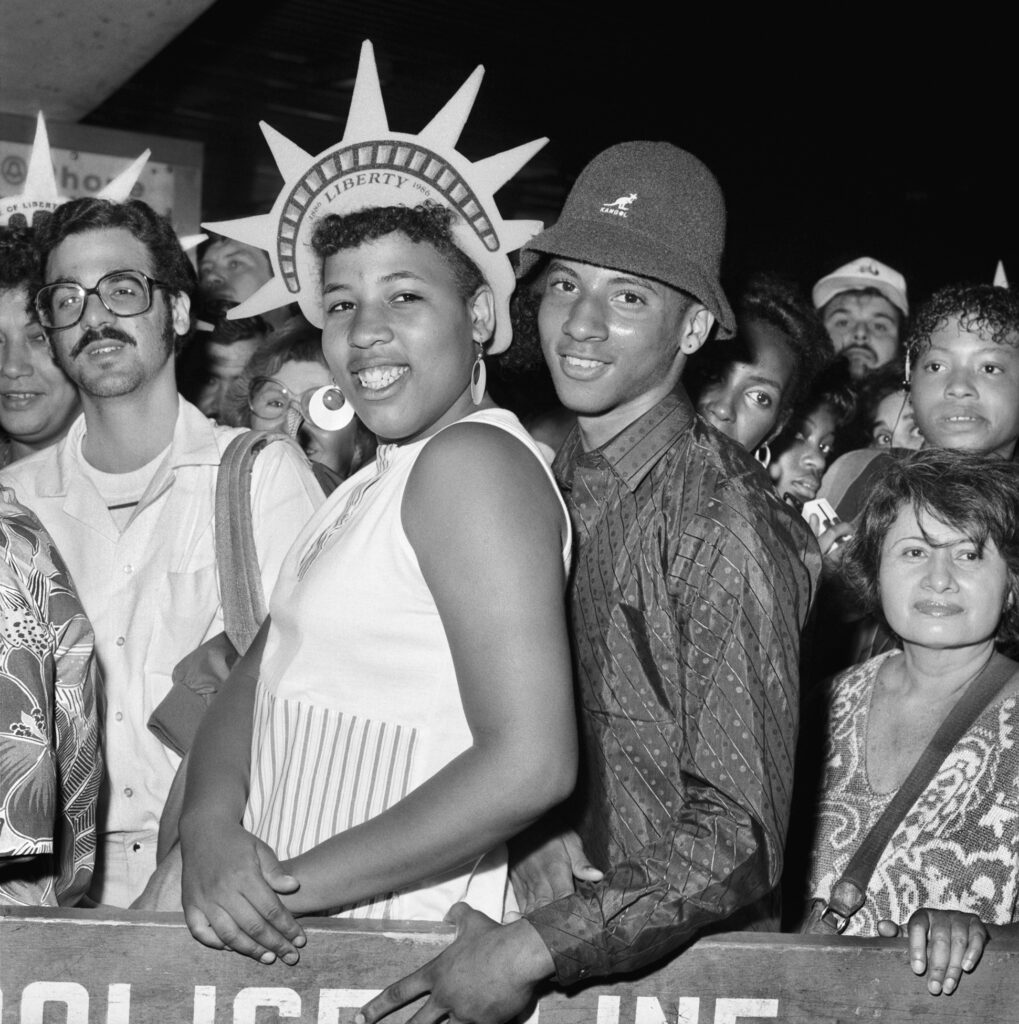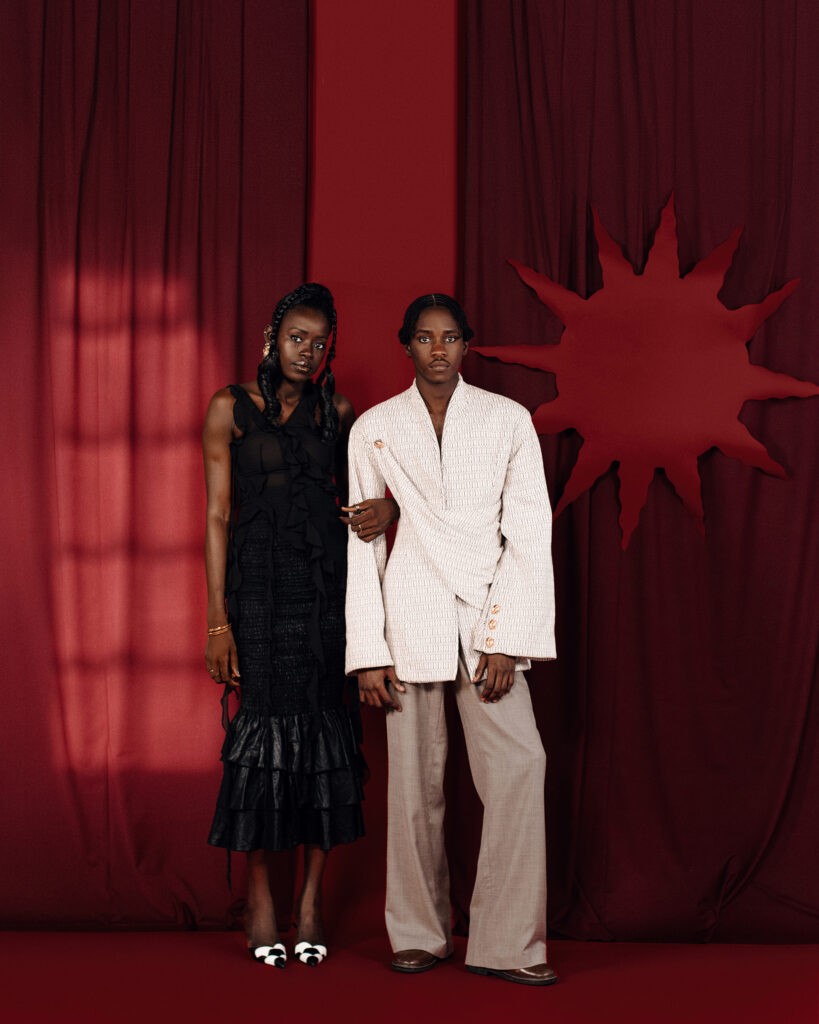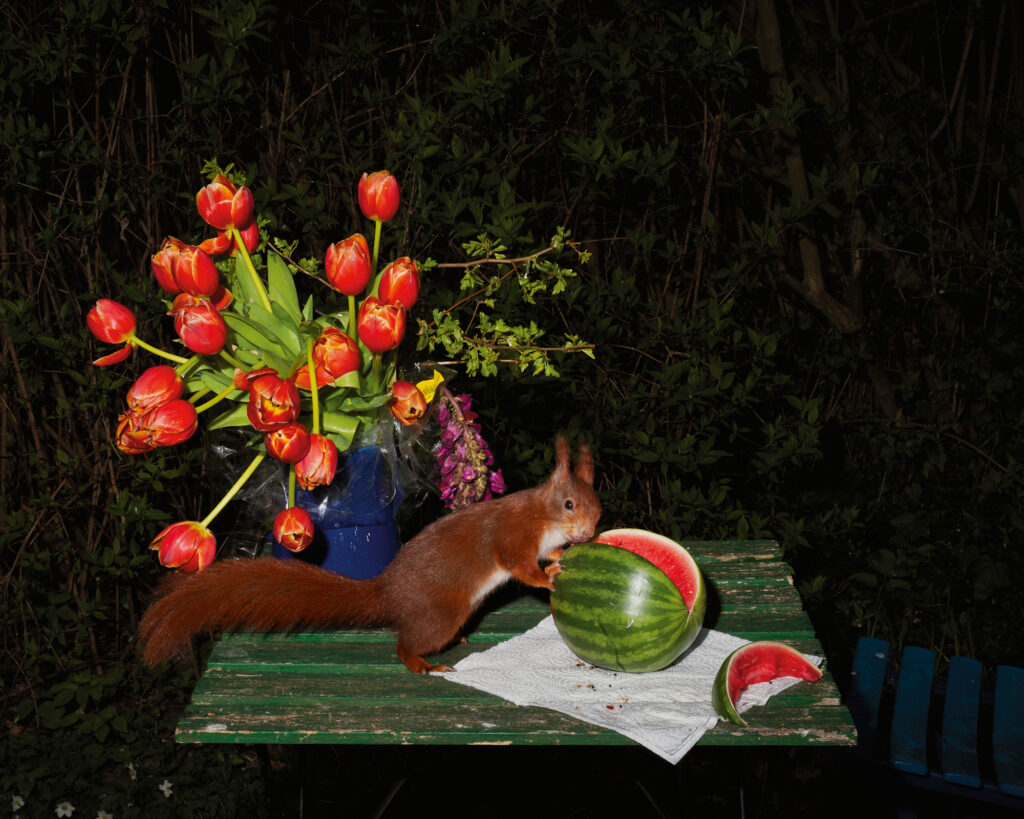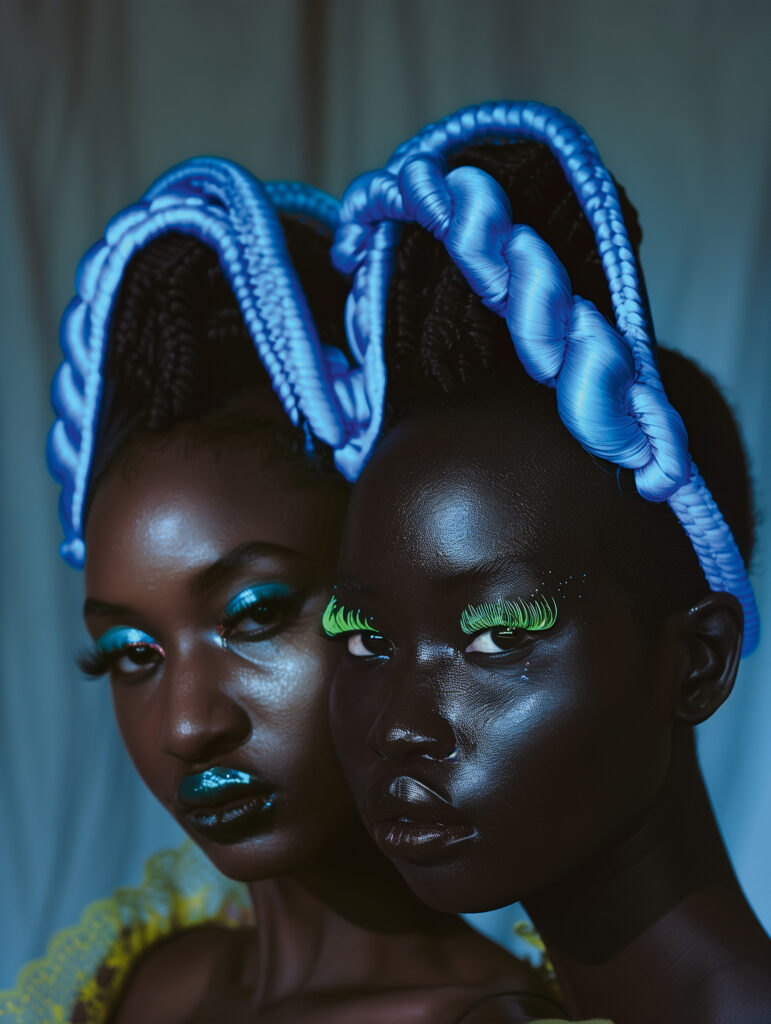Portfolios
The Uncanny Worlds of Nhu Xuan Hua
Working across art and fashion, Hua explores the constructed nature of memory in indelible, dreamlike images.
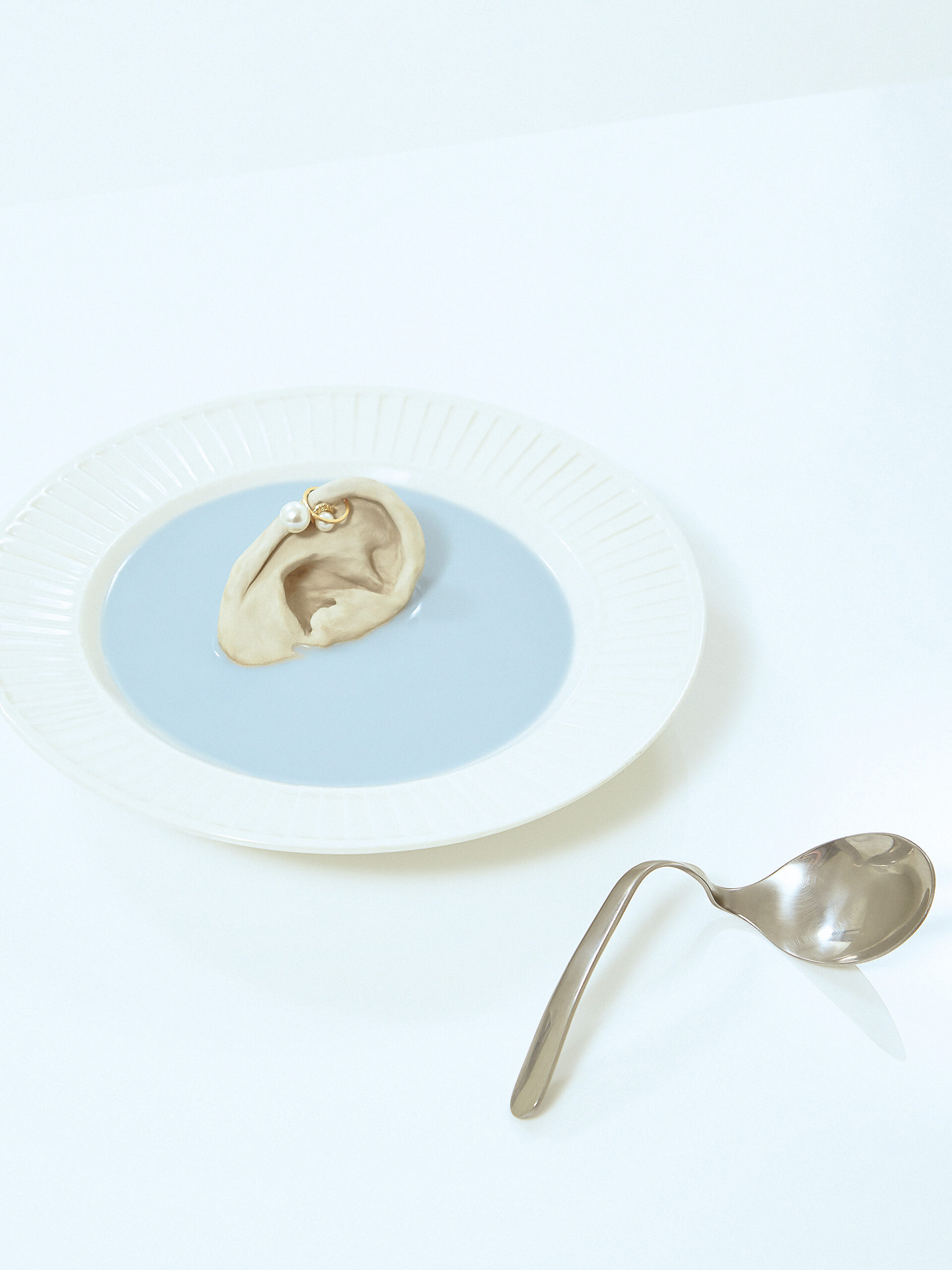
Nhu Xuan Hua’s photographs defy easy interpretation. A woman sings karaoke in a shining, armored gown. An archival wedding photograph is beguilingly redacted, dress and suit visible but the bodies of husband and wife absent contours. A black dog gazes out the entrance of a temple—who, or what, is it guarding? Even the simplest image is limned with story; we sense it the way we remember our dreams upon waking. Hua’s powerful narrative vision shines through in the clarity of her photographs, which unfold like time passing in slow motion.
Born in Paris to Vietnamese immigrant parents, Hua grew up within a French culture that prized assimilation as a mode of survival. It wasn’t until after finishing her studies in photography at the Lycée Auguste Renoir Paris in 2011 and moving to London that Hua was confronted with the question of her origins. “Not enough answers were given by my family,” she tells me. “Because when you start asking questions, they say, ‘Why, why are you asking, the past belongs to the past.’” In 2016, Hua traveled to Vietnam, beginning an ongoing process of reconnection that has shaped her body of work.
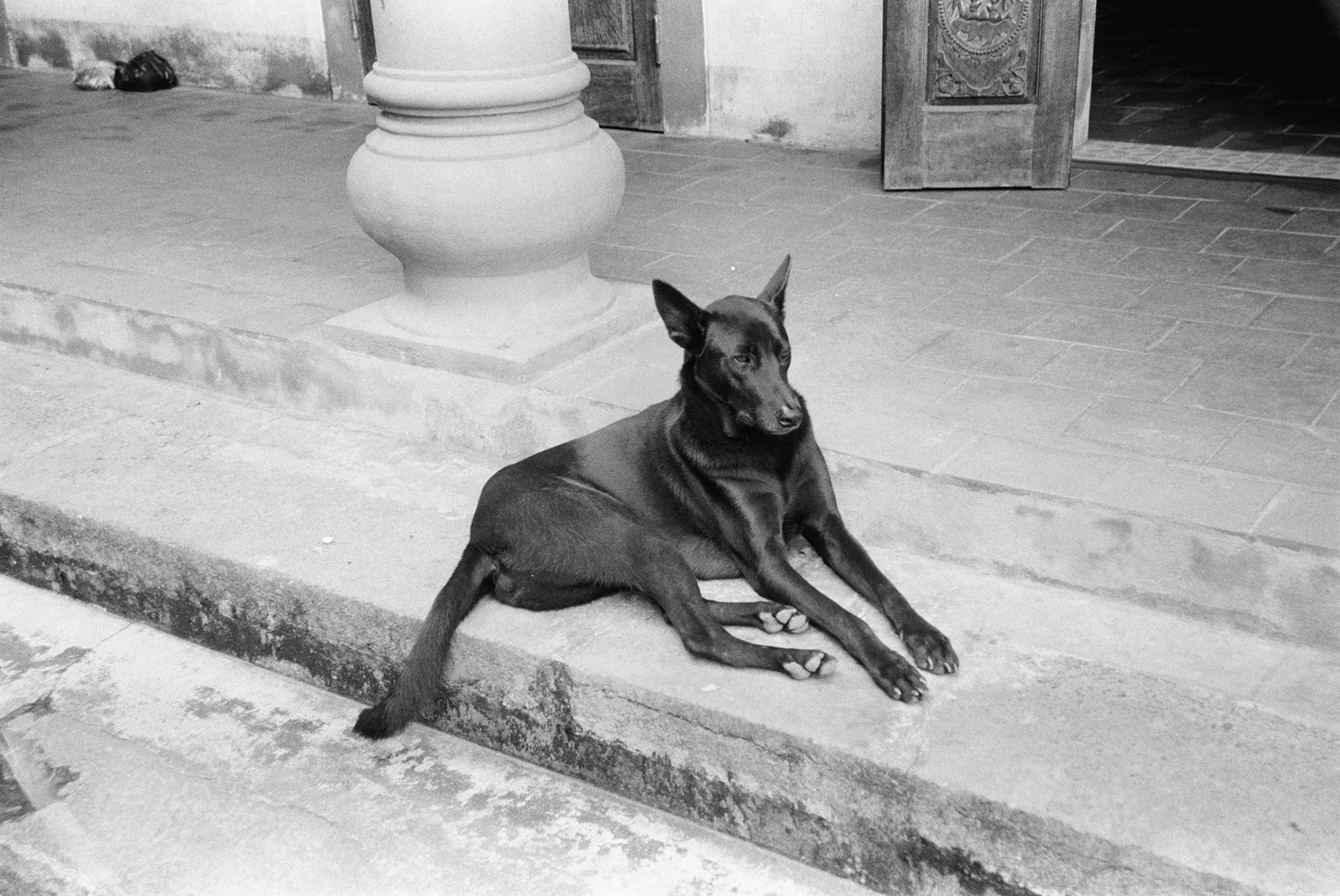
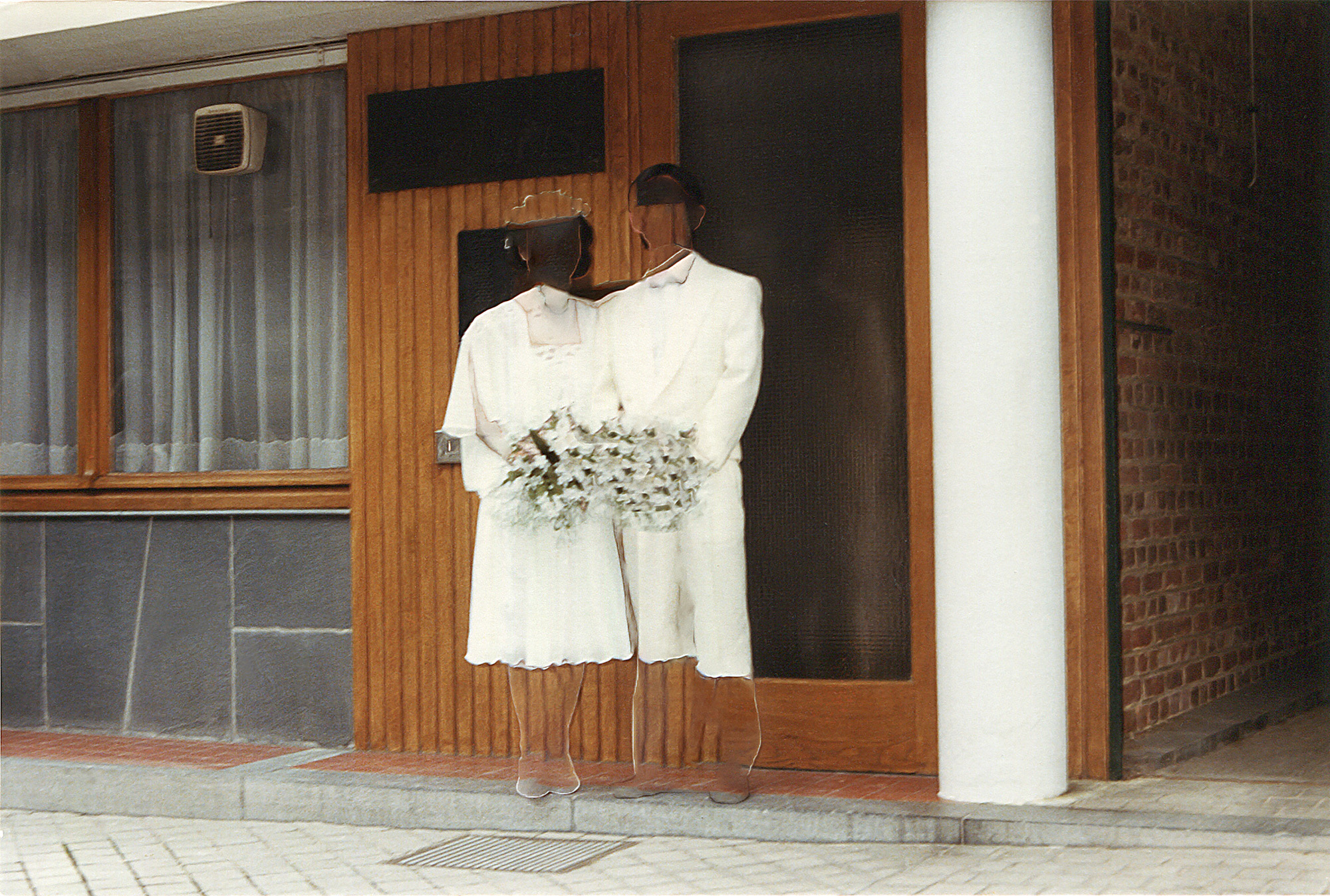
These personal interests seamlessly flow into Hua’s commissioned photography. Though she’s shot for clients as diverse as Maison Margiela, Time, and British Vogue, when asked about balancing expectations from brands and publications with her own perspective, she declares: “I take them on board with my vision, along the way with me.” Hua’s aesthetic propels every assignment, her exhaustive preparation and detailed mood boards merging art and design in the process. For Hua, an editorial campaign can function in two ways: as a stylized fashion shoot and as an exploration of her own references—the femmes fatales of Taiwanese cinema, her relationship with her deaf father, or her mother’s loneliness, for example.
In these shoots, Hua often constructs sets made of paper, a medium to which she was originally drawn for its accessibility; now she uses its inherent fragility to explore the constructed nature of memory. Truth, Hua knows, is only ever approximated: we create narratives in its stead. “Designing an object or a landscape as an extension of reality always comes with a story,” she says. Her use of construction as metaphor rhymes with her interest in Vietnamese modernist architecture, particularly as described in the architect Phu Vinh Pham’s 2021 book Poetic Significance, which argues that the style makes use of available modes and materials, blending rationalist function with spirituality and imagination.
Aperture Magazine Subscription
0.00
Hua sees photography as a means to represent emotional truth without relying on the belief in the camera as sole witness. For her series Tropism, Consequences of a Displaced Memory (2016–21), Hua began by gathering archival photographs from her family’s time in Vietnam and their early years in France. Using a simple algorithmic tool that fills a shape with the information around it, she then digitally manipulated these images, working without a plan, allowing the process and the feelings it evoked to guide her. “It was a sensation you can hardly materialize—so I had to find it by working on the pictures,” Hua says.
Reworking the surface of the images, which Hua likens to the act of painting, mirrored her experience of filling the lacunae in her understanding of her family and Vietnamese identity. “Nothing is random,” she says. “Each image is a statement that took me a while to reflect on. When the image is done, it’s a way of saying that my reflection is done.”
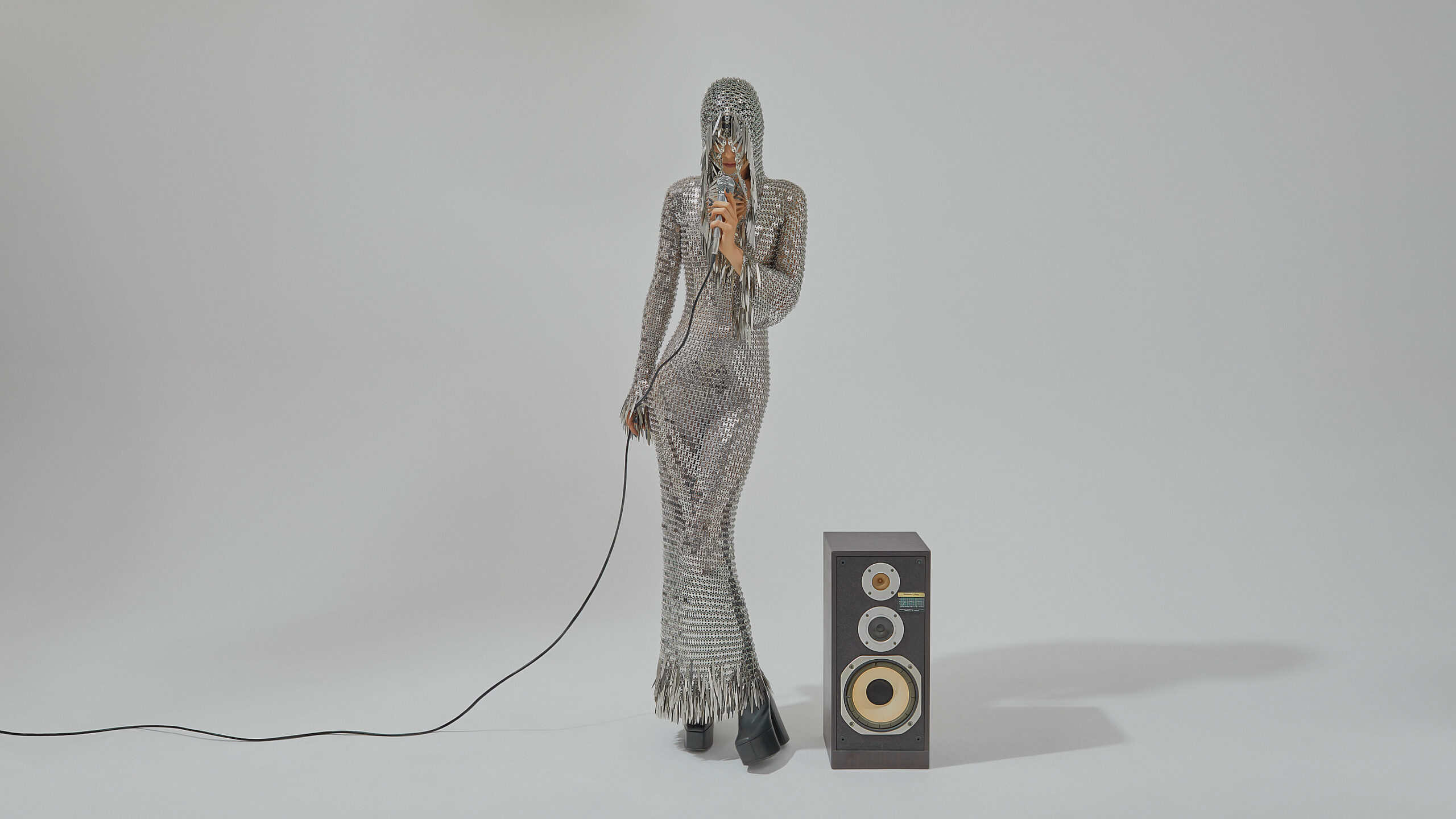
Nhu Xuan Hua, Singer: “How much love can be repeated?,” 2022
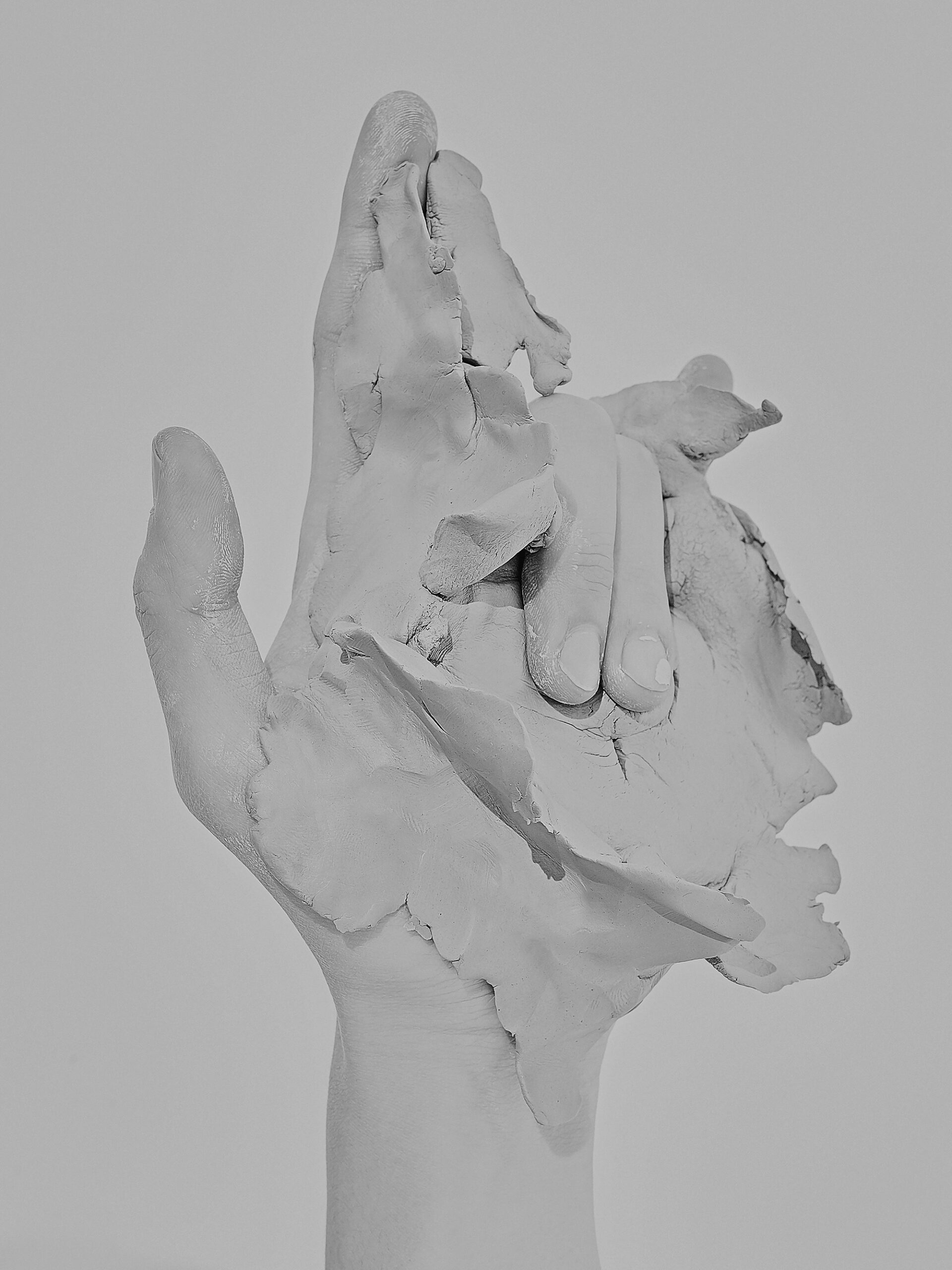
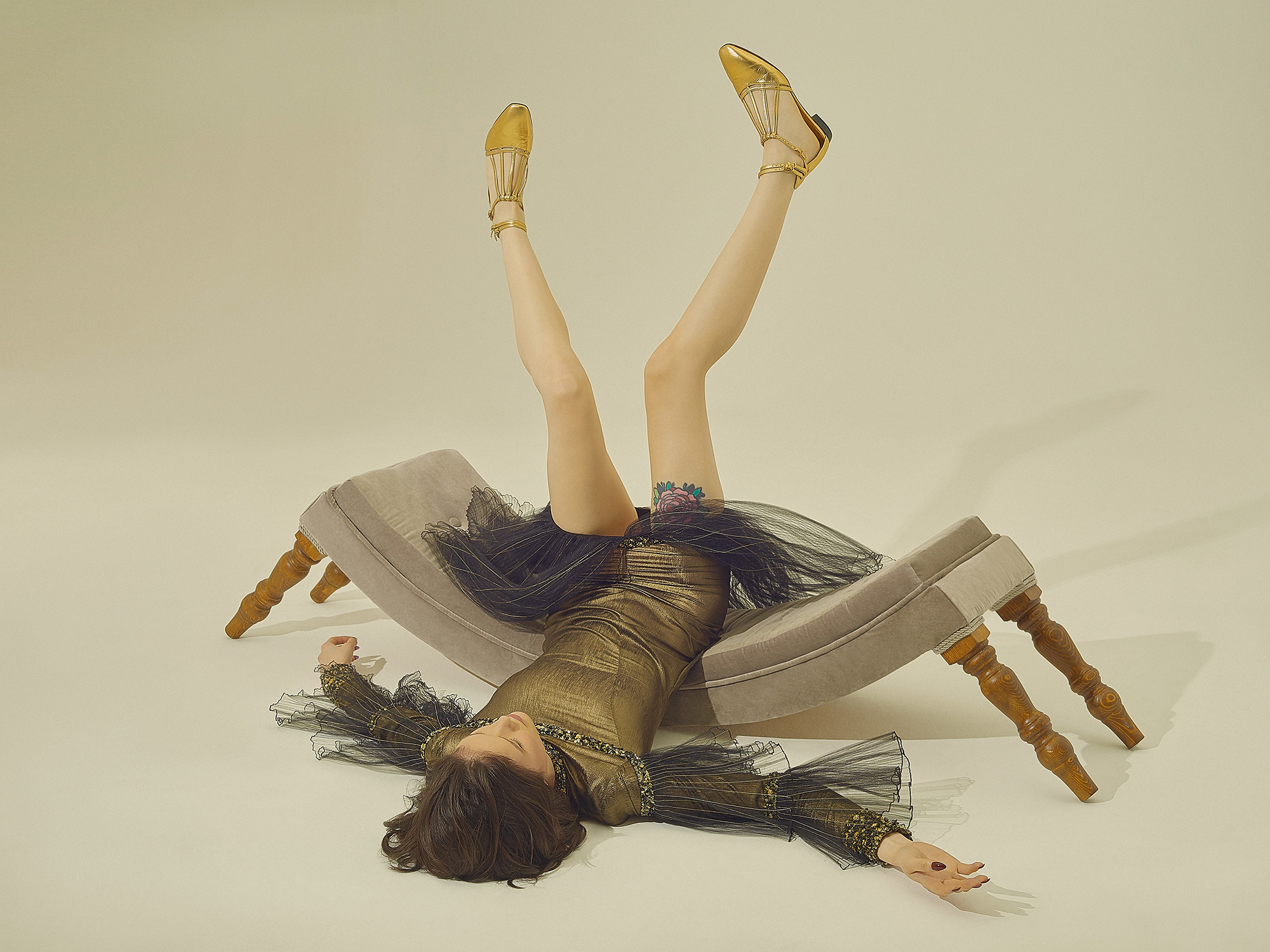


All photographs courtesy the artist
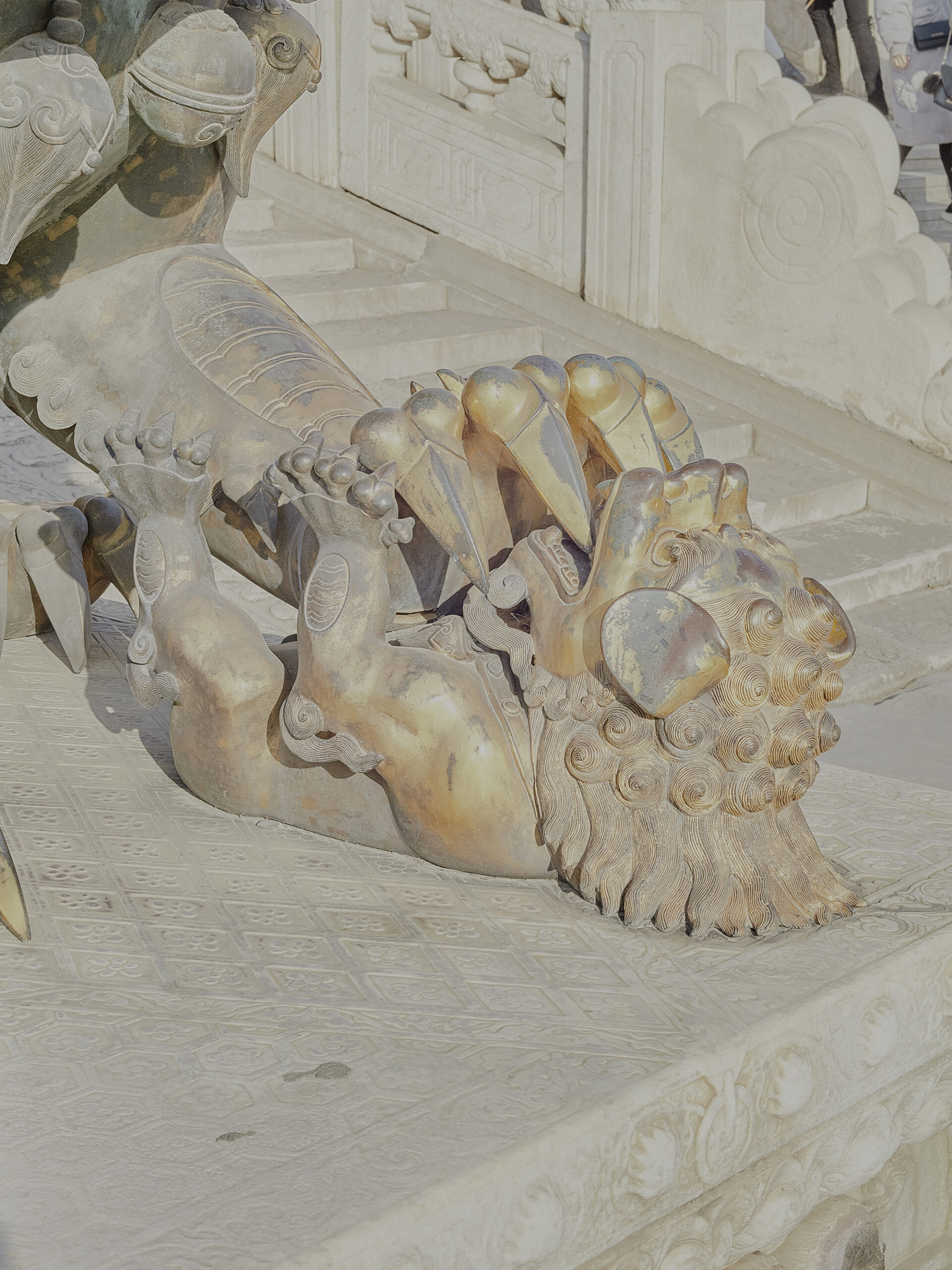
This article originally appeared in Aperture, issue 255, “The Design Issue.”

